Rideshare accidents in Utah present unique legal challenges that differ from typical car crashes. If you're involved in an Uber or Lyft collision, understanding how these cases work is key to protecting your rights.
How Rideshare Accidents Are Different
Rideshare drivers use personal vehicles but work for large companies. This dual role affects who holds responsibility in a crash. Depending on the driver’s status during the accident, multiple parties could share liability:
App Off: The driver’s insurance applies.
App On, No Passenger: Limited coverage by the rideshare company.
App On, With Passenger: Full commercial coverage from the rideshare company.
These layers of insurance can confuse anyone unfamiliar with how rideshare policies work.
Insurance Complications
Rideshare companies carry up to $1 million in liability coverage, but getting access to this coverage isn’t automatic. The accident must meet certain conditions. Insurance companies may delay or deny claims while deciding who was at fault and whose policy applies.
A skilled Utah Rideshare Accident Lawyer can gather ride records, insurance data, and driver logs to prove what happened. Timing matters—companies might not hold onto this data long.
Proving Fault in a Rideshare Case
In Utah, proving fault in a rideshare accident means showing the driver acted carelessly while on the job. Helpful evidence includes:
App activity records
Vehicle damage reports
Eyewitness statements
Police reports
Having the right legal guidance ensures you meet filing deadlines, speak to the right insurance company, and don’t accept a low settlement.
When to Call a Lawyer
If you’ve been hurt in a rideshare crash, don’t wait to speak with a professional. The sooner you act, the better your chance of recovering full compensation.
At Flickinger Bolton Robson Weeks, a knowledgeable Utah Rideshare Accident Attorney can help protect your rights from day one.
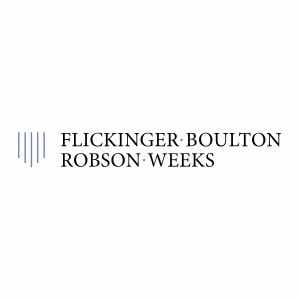
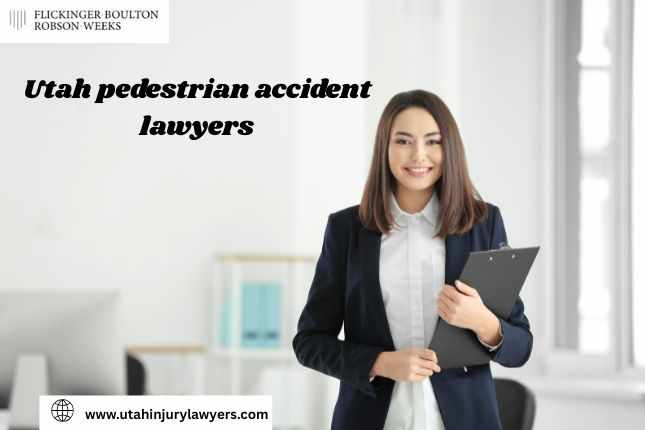
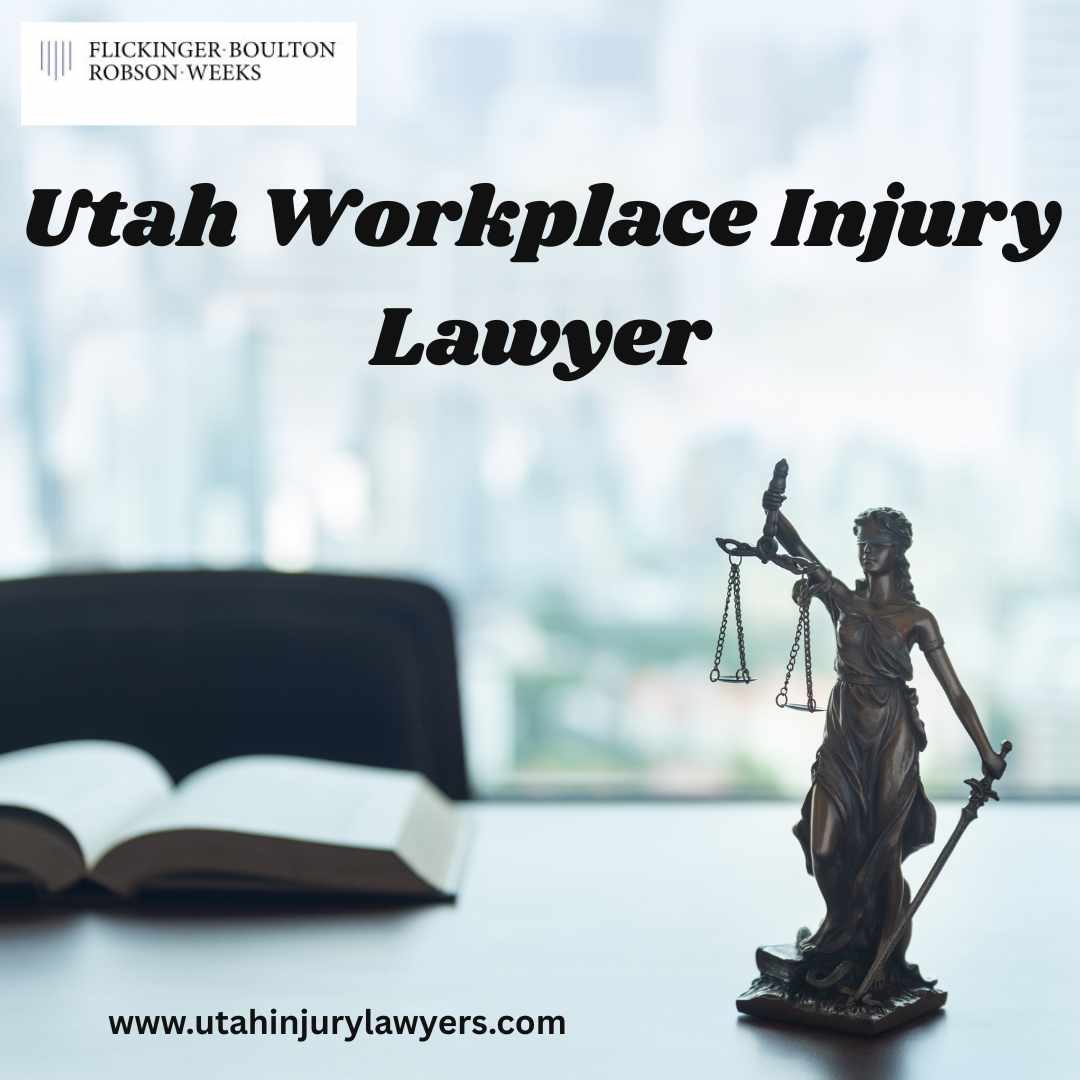
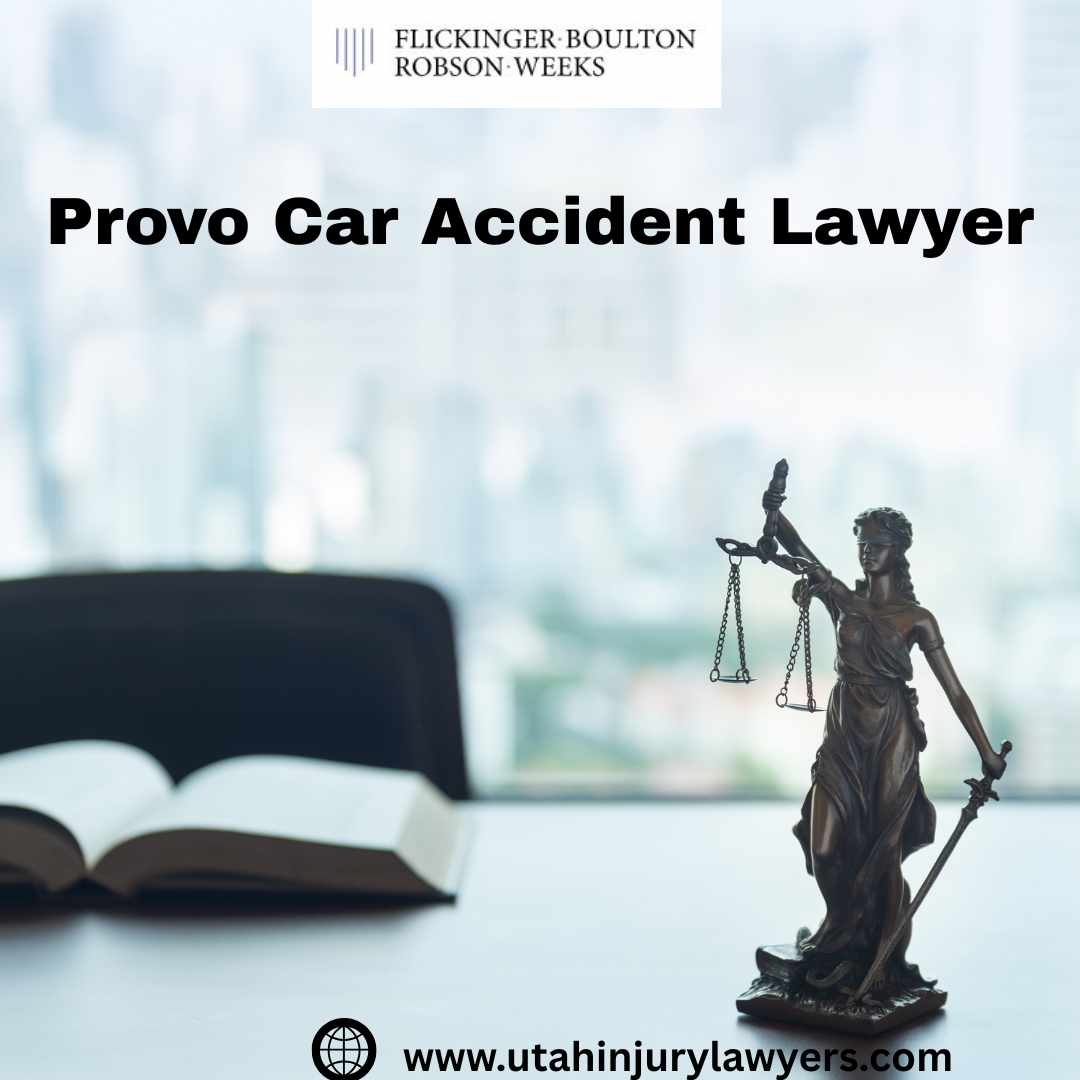
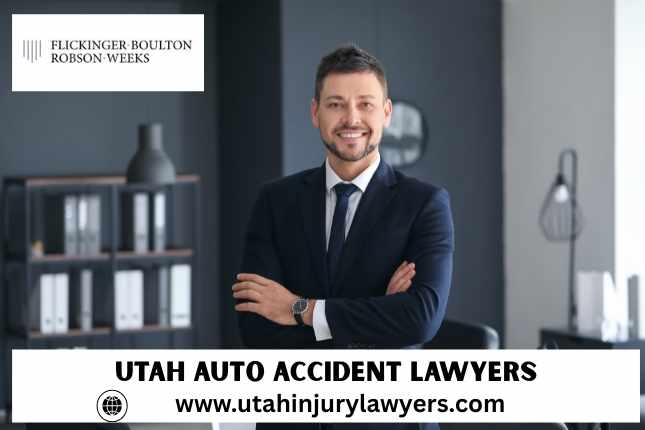


Write a comment ...